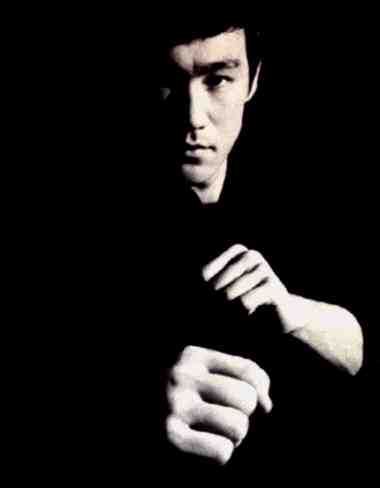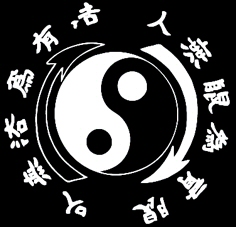Academy of Jeet Kune Do Fighting Technology
Athens
Greece
Jun Fan Jeet Kune Do Instructor
Vagelis Zorbas


Pentjak Silat
|
Pentjak
Silat - Indonesian Bela Diri |
||||
|
Indonesian culture
has three main categories of martial art form: 1. Pentjak Silat
(self-defense) ; 2. Penjang Gulat (wrestling ); and 3. Ujungan
(stick & blade application). These variations of fighting
methods have been in existence since 400 AD. Today, Pentjak
Silat is the most popular of the three systems with wide
spread organized associations and through acknowledged
practitioners. Penjang Gulat is practiced mostly by the
farmers of Indonesia, and is rarely seen today, except at annual
festival events. Ujungan is occasionally incorporated into
various Pentjak Silat styles or other systems that are closely
related to Indonesian culture like the Filippino martial arts.
These three major styles may be seen individually as a
self-defense form or combined to make up one particular system.
This depends on the experience of the practitioner. Pentjak
Silat is performed with a high degree of rhythmic and artistic
motions that give it a dance like appearance with a deadly array
of combative techniques. The combinations of soft and hard
explosive movements, changing directions at any point in time,
forms a defensive system that uses hard strikes with flexible
postures. Pentjak Silat practitioners occasionally hide their
techniques from the attacker with unusual postures, stances and
hypnotic movements that are meant to confuse and deceive the
attacker. Once this is achieved, Pentjak Silat practitioners will
defend or attack from a variation of angles and positions that
surprise the opponent, giving the advantage to the Pentjak Silat
practitioner. Other forms of deception that Indonesian warriors
have used against their opponents are colorful garments and wooden
facial masks that represented frightened and colorful gods. These
tactics were also used to heighten the warriors adrenalin to
endure the pains and victory of battle. It is also noted
that these tactics of self hypnotizes were used to transcends
one's spirit and physical appearance into a form of a god, making
him invincible and untouchable. But Hindu master that perform such
court dances of display represent not only the invincible warrior
but princes, guardians, heroes and legends that all tell stories
of their great nobility. Such acts as these have been the core of
Indonesian beliefs for thousands of years.
There are approximately 800
different systems of Pentjak Silat throughout Indonesia.
Each share some similar characteristics to the other, but all Pentjak
Silat styles are different in their fighting method. Distinctive
styles developed to address the differences in the terrain and
environment of the villages as well as the physical
characteristics of the tribesmen that displayed them. Some
techniques are characterized by upright postures and sweeping
motions that trip the opponent off balance, while other styles are
characterized by low stances and involve pulling the opponent to
the ground.
Pentjak
Silat practitioners are
trained to constantly deliver elbows, knees, empty hand blows,
locks and takedowns as their primary empty hand defense, and yet
maintaining to keep the symbolic art form that is native to the
Indonesian culture. Variations in the use of daggers and blades
are incorporated into Pentjak Silat empty hand defense without
changing the basis of the system. Blending the use of weaponry,
with ones movements and combative applications, forges a type of
martial art that is mysterious, sophisticated and deadly with
weaponry applications.
Migration
from different cultures such as Persia, India, Malaysia,
Philippines, and Europe have occurred in the Indonesian islands
for centuries. The Dutch being one of the most successful in
controlling the spice trade and valuable resources that are native
to the Indonesian islands ruled parts of Indonesia until the year
1948. In that year, the Indonesian revolution occurred, and native
Indonesians successfully fought to take back the control of their
country from the Dutch. Today we see Pentjak Silat spelled and
pronounced in two different manners. 1. Native Indonesian
spelling - Pencak Silat 2. English spelling -Pentjak
Silat.
Pentjak Silat
teaches specifically arranged set forms that are called: Juru's,
Buha and Sumbuts. These patterns
train the practitioner to constantly move into particular
formations of footwork while executing their defensive weaponry.
Indonesian native instruments are played to accompany the
practitioner's movements and to influence rhythm into the
practitioner's motions. Once this is mastered the practitioner
then will incorporate several of the forms that have been
practiced, and deliver them without any particular order or
structure. This high level of performance is called "Kembangan"
which translates to "ones own expression" while
performing Pentjak Silat.
|




